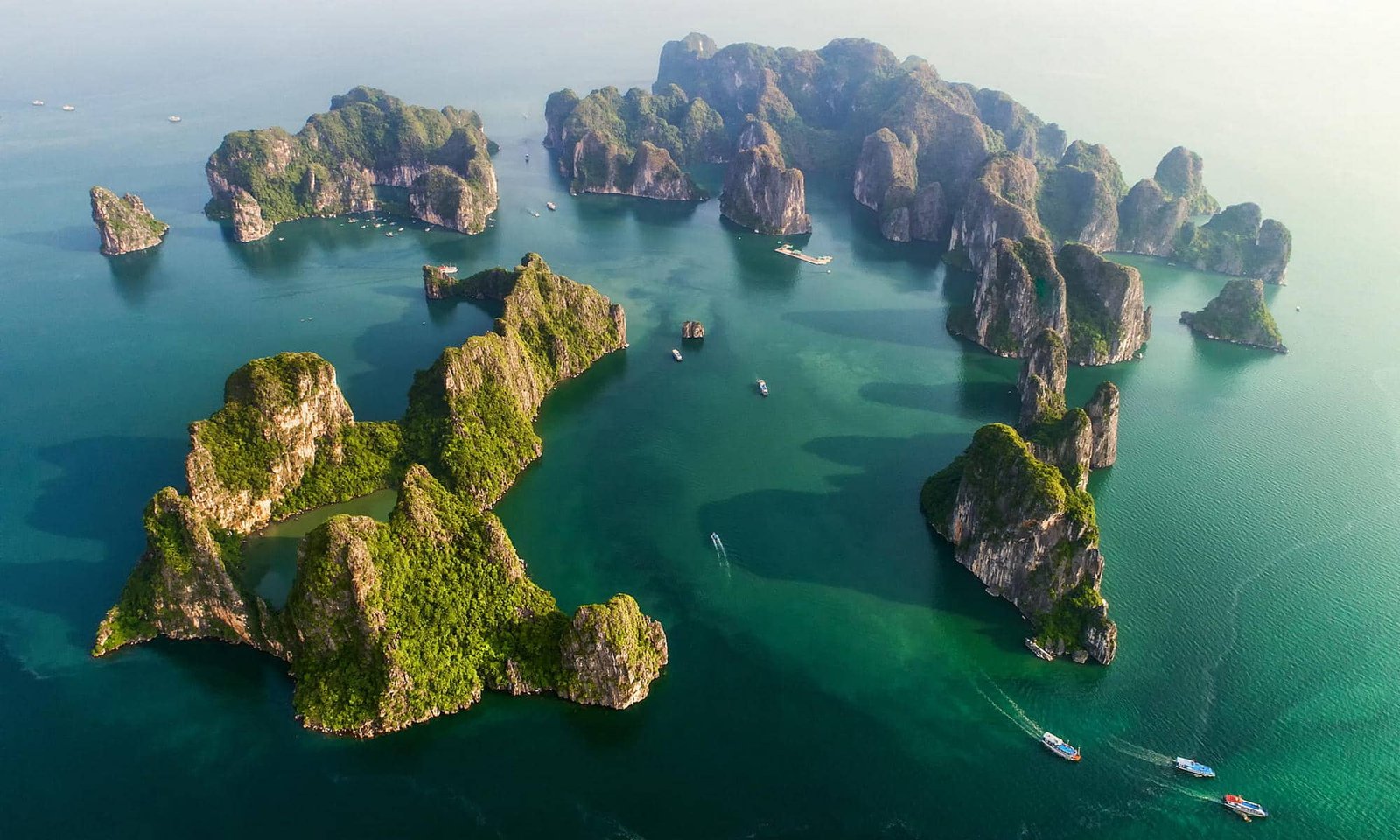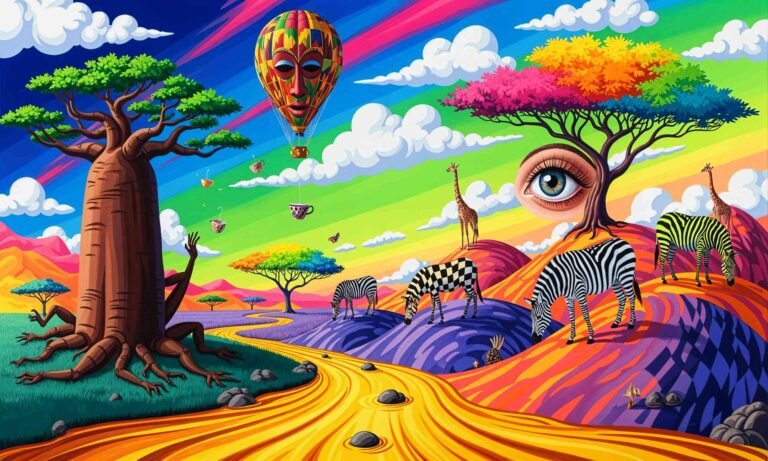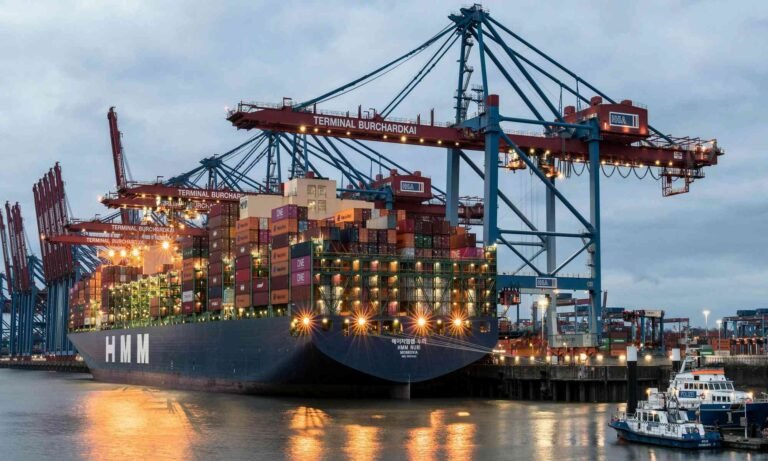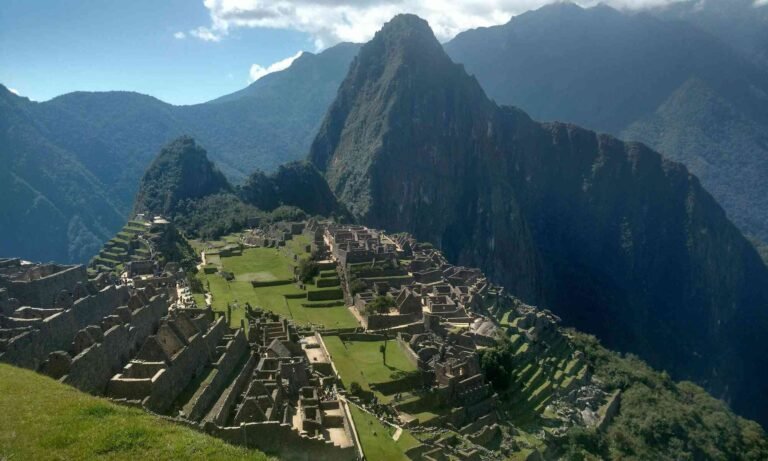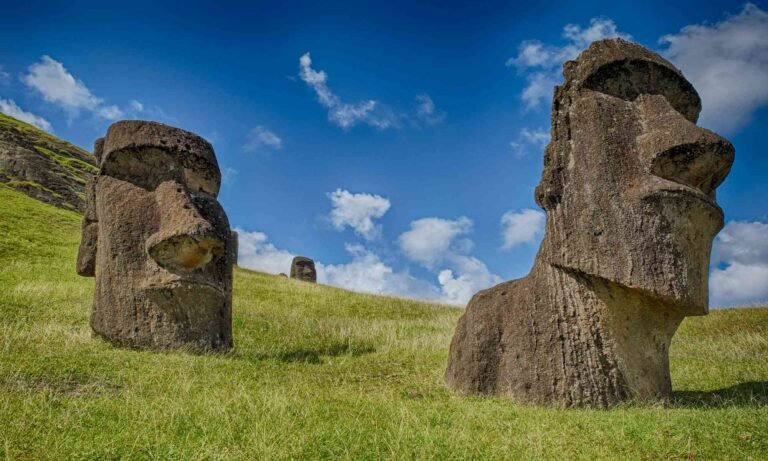Archipelagos are groups of islands clustered together in a larger body of water, and their formation can be attributed to various geological processes. These island chains can vary immensely in size and number, contributing significantly to the diversity and complexity of marine and terrestrial ecosystems. Their geographical characteristics often include close proximity to one another, differing topographies, and habitats that foster a rich array of biological species. Various types of archipelagos exist around the world, each formed through different mechanisms, such as volcanic activity, erosion, and glacial processes.
- Volcanic archipelagos are born from underwater volcanic eruptions, resulting in the accumulation of lava that eventually breaks the ocean’s surface. Over time, this activity can create chains of islands such as the Hawaiian Islands.
- Erosion-induced archipelagos, on the other hand, primarily consist of islands shaped by the relentless action of wind and water, which gradually wear down larger land masses, resulting in smaller islands scattered throughout the sea. An example of this type would be the Spezzini Islands, known for their rugged cliffs and varied landscapes.
- Glacial processes have also played a pivotal role in the formation of archipelagos. During the last Ice Age, glaciers carved out the earth’s surface, leaving behind a plethora of islands as the ice melted and receded. The Arctic Archipelago showcases such formations, where remnants of glacial activity have produced an intricate arrangement of islands scattered across the polar seas.
The significance of archipelagos extends beyond their physical formation; they act as crucial hotspots for biodiversity. Numerous species, particularly in isolated ecosystems, have evolved unique adaptations in these environments. As such, the study of archipelagos is imperative for understanding ecological relationships and conservation efforts on a global scale, ensuring that these nature’s island wonders are preserved for future generations.
Notable Archipelagos Around The World
- Indonesian Archipelago – The Indonesian Archipelago, the largest in the world with over 17,000 islands, is a marvel of biodiversity and cultural richness. Its ecosystems span tropical rainforests, mangroves, and coral reefs, supporting countless endemic species like the critically endangered orangutan and the Komodo dragon. The islands also reflect a vibrant cultural mosaic shaped by hundreds of ethnic groups, each with distinct languages, traditions, and spiritual practices. This diversity makes Indonesia not only a biological hotspot but also a cultural treasure trove.
- Caribbean Islands – The Caribbean archipelago, comprising over 700 islands, is famed for its turquoise waters, white-sand beaches, and dynamic cultural blend rooted in Indigenous, African, European, and Asian heritage. Its biodiversity is equally striking, with unique bird species, marine life, and tropical flora. Coral reefs here are among the most diverse on Earth, serving as vital ecosystems and drawing global conservation efforts. The region’s music, cuisine, and festivals reflect its layered history and enduring vibrancy.
- Galápagos Islands – The Galápagos Islands, located in the Pacific Ocean, are globally renowned for their role in shaping Charles Darwin’s theory of natural selection. This remote archipelago hosts extraordinary species like the Galápagos tortoise, marine iguana, and blue-footed booby, many of which are found nowhere else. Its volcanic landscapes and isolated ecosystems offer rare opportunities to study evolution, geology, and the delicate balance between land and sea. Today, the islands are a UNESCO World Heritage site and a living laboratory for ecological research.
- Phi Phi Islands – Thailand’s Phi Phi Islands, nestled between Phuket and Krabi in the Andaman Sea, are celebrated for their dramatic limestone cliffs, crystal-clear waters, and thriving coral reefs. Comprising six islands, the archipelago is part of a protected national park that shelters over 500 fish species and 200 types of coral. On land, mangrove forests and lush vegetation support endemic plants and coastal birds. The islands reflect a blend of Thai and Muslim heritage, with traditional fishing and long-tail boats still central to daily life. Maya Bay, made famous by the film The Beach, has become a symbol of both tourism’s impact and the importance of ecological restoration.
- Ha Long Bay – Ha Long Bay in northeastern Vietnam is a UNESCO World Heritage site known for its surreal seascape of nearly 2,000 limestone karsts and emerald waters. Many islands are uninhabited and covered in dense tropical vegetation, creating a haven for biodiversity. The bay’s ecosystems include mangroves, coral reefs, and evergreen rainforests, supporting hundreds of fish species, corals, crustaceans, and rare birds. Ancient floating villages offer a glimpse into traditional Vietnamese life, while sustainable tourism initiatives aim to preserve the region’s natural and cultural legacy for future generations.
Cultural And Historical Significance
Archipelagos have long served as vibrant centers of cultural heritage and historical significance, shaping the lives of civilizations throughout history. These island groups have witnessed the ebb and flow of human habitation, informed by trade, migration, and the exchange of ideas. Their unique geographical locations have often made them pivotal points for commerce, as well as cultural and social interactions. For instance, the Polynesian archipelagos, including famous island nations such as Hawaii and Tahiti, stand as a testament to the incredible navigational skills of early inhabitants, who crossed vast ocean swathes in search of resources, new lands, and trade routes.
Notable events have marked the histories of archipelagos, from trade agreements that fostered connections between distant cultures to conflicts stemming from territorial disputes. The Mediterranean archipelagos, such as the Aeolian Islands, have historical significance rooted in ancient civilizations that thrived in their midst, contributing to a rich tapestry of cultural practices, rituals, and customs. These islands served not only as trade hubs but also as melting pots of diverse traditions, including language, art, and culinary practices, which have implications even in the contemporary era.
Many archipelagos hold deeply rooted traditions traced back to their indigenous populations. Festivals, crafts, and music in these regions often reflect historical experiences and provide insight into their societal evolution. The resilience of communities in archipelagos, as they adapt to modern challenges while preserving their unique identities, emphasizes their enduring relevance. Furthermore, the pressing issues of climate change and environmental degradation pose serious threats to these island cultures, amplifying the need for preservation efforts that honor their historical significance while promoting sustainable development.
Conservation Challenges And The Future
Archipelagos, with their unique ecosystems and diverse wildlife, are facing significant conservation challenges that threaten their survival.
- Climate Change emerges as a pressing concern, leading to rising sea levels, increased storm frequency, and altered weather patterns, which can devastate coastal habitats and threaten endemic species. The resilience of these island environments is fragile, making them particularly susceptible to the effects of global warming.
- Another major challenge is Invasive Species which disrupt ecosystems and outcompete native flora and fauna. Often introduced through unregulated trade and travel, they threaten the fragile balance of island environments. Controlling these populations is vital to protecting archipelagos’ unique biodiversity.
- Overtourism is yet another factor contributing to the degradation of these island chains. The influx of visitors can lead to habitat destruction, pollution, and the depletion of natural resources, placing immense pressure on these vulnerable regions. Sustainable tourism practices, therefore, are imperative to minimize the ecological footprint while still allowing people to experience the natural beauty of these locations.
Fortunately, various conservation efforts are underway to address these challenges. Organizations are working tirelessly to raise awareness, implement protection programs, and engage local communities in sustainability initiatives. These efforts include creating marine protected areas, enforcing stricter regulations on tourism, and engaging in restoration projects to rehabilitate damaged ecosystems.
Engaging in local conservation activities and promoting sustainable practices are actions individuals can take to contribute significantly to the preservation of archipelagos. By supporting eco-friendly tourism and advocating for responsible management of natural resources, people can help secure the future of these breathtaking islands for generations to come. The journey of preserving these unique environments requires collective effort and continuous engagement from both individuals and organizations dedicated to safeguarding the planet’s ecological treasures.
The Gulag Archipelago
The Gulag Archipelago is a monumental work of nonfiction by Russian writer and dissident Aleksandr Solzhenitsyn, first published in 1973. It’s not just a book – it’s a sweeping literary investigation into the Soviet Union’s forced labor camp system, known as the Gulag.
Spanning three volumes, the book draws on Solzhenitsyn’s own experiences as a prisoner, as well as testimonies from over 200 fellow inmates, legal documents, and diaries. It chronicles the brutal machinery of repression from 1918 to 1956, beginning with Lenin’s decrees and culminating in Khrushchev’s denunciation of Stalin’s cult of personality.
Solzhenitsyn’s work exposed the scale and cruelty of Soviet political persecution to the world. It’s credited with shifting global perceptions of communism and remains a cornerstone in discussions of human rights, totalitarianism, and moral courage. The book circulated underground in the USSR until its official publication there in 1989.
What’s More
The posts in My Blog feature reflective, story-driven pieces rooted in personal and societal insights.
The topics in My Interests explore abstract, philosophical ideas and their cultural and societal impact.


